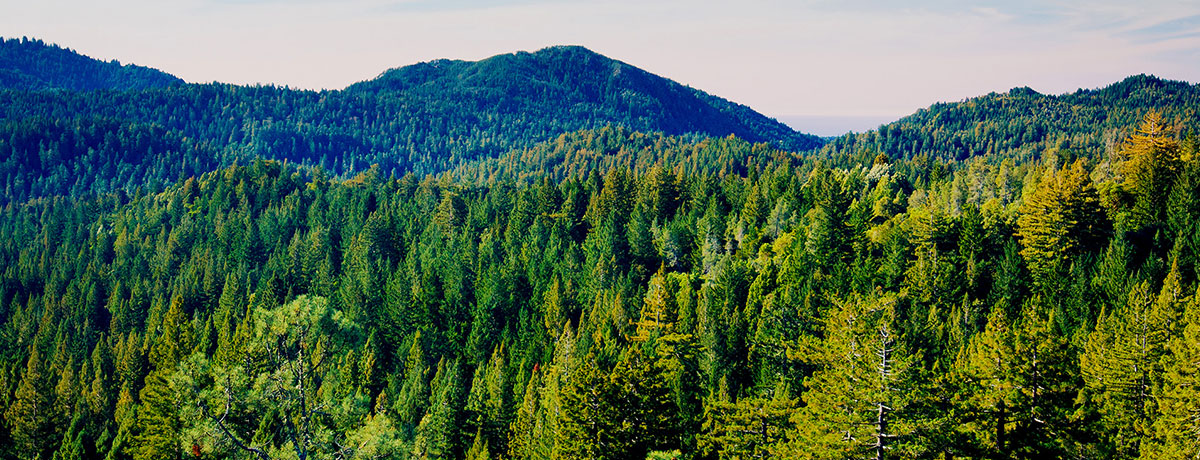Background
Wilderness may only be designated by an act of Congress. The Wilderness Act defines wilderness as “an area where the earth and its community of life are untrammeled by man, where man himself is a visitor who does not remain.” There are over 109 million acres of designated wilderness in the United States, 57 million of which are in Alaska. There are 439 wilderness areas on the National Forest System, covering 36 million acres — or almost 19 percent — of the National Forest System. National Forest wilderness areas make up 58 percent of all wilderness acres in the lower 48.
These wilderness areas are part of an impressive system of conservation lands managed by the Federal government. There are 84 million acres of National Parks, including over 2 million acres of proclaimed national monuments (almost half the National Park System is designated wilderness). There are 150 million acres of National Wildlife Refuges (over 28 percent of the Refuge system is designated wilderness). There are over 245 million acres of public lands managed by the Bureau of Land Management.
For the most part, these lands are off limits to permanent development or land use change. Extensive public involvement and strict environmental review are required before any type of intensive land use can take place. As result, the Federal lands of the United States provide a unique conservation legacy which provides opportunities for outdoor recreation and resource use found nowhere else on earth. Wilderness is the most restrictive land use designation on Federal land. Together with roadless areas, more than half the National Forest System is off limits to most resource use, development, or other intensive land management.
Congress has not sent any Wilderness bills to the President since 2009. However, dozens of Wilderness bills, including 22 bi-partisan wilderness bills, have been introduced in the House and Senate. Many of these bills have been crafted with the support of public lands users, including wilderness proposals in Oregon, Montana, Idaho, and Utah. At least 1.8 million acres of proposed wilderness is covered by bills sponsored by the members of Congress or Senators whose districts or states include those areas. Some bills include guarantees for land management on acres outside of the proposed wilderness.

